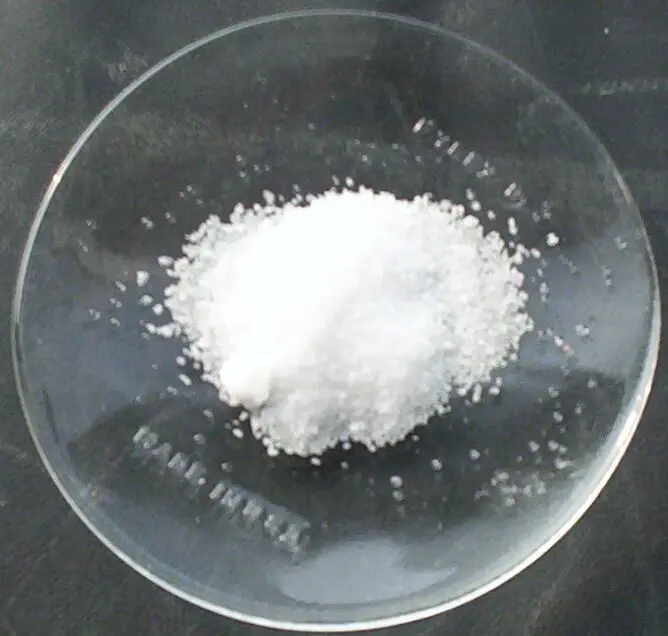Lithium Chloride Formula
Lithium Chloride
Lithium Chloride Formula is a typical ionic compound and a salt of lithium. Due to the small size of the lithium-ion (
Lithium Chloride formula and structure
The chemical formula of lithium chloride is LiCl. It has a molar mass of 42.394 g/mol. On molecular level the positively charged lithium-ion (
Preparation of lithium chloride
We can produce lithium chloride by treatment of lithium carbonate with hydrochloric acid. In addition, we can also generate it by the highly exothermic reaction of lithium metal with ether chlorine or anhydrous hydrogen chloride gas. Furthermore, we can prepare anhydrous LiCl from the hydrating and heating with a stream of hydrogen chloride.
Physical properties of lithium chloride
It appears as an odorless white crystalline hygroscopic solid. Lithium chloride has a density of
It is soluble in water, methanol, ethanol, isopropanol, butanol, formic acid, n- mehtylformamide, hydrazine, and THF. In addition, it is slightly soluble in acetone and ammonia and is completely insoluble in dichloromethane.
Chemical properties of lithium chloride
Like other metal chlorides its salt form crystalline hydrates. Furthermore, its mono-, tri-, pentahydrate are known. We can regenerate its anhydrous salts by heating the hydrates. In addition, it easily absorbs up to four equivalents of ammonia/mol. However, with another ionic chloride, the solution of lithium chloride can serve as a source of chloride ion.
Uses of lithium chloride
Mainly we use it for the production of lithium metal by electrolysis of LiCl/KCl which melt at
In organic synthesis, it has some specialized applications such as an additive in the Stille reaction. Most noteworthy, it has biochemical applications that we use to precipitate RNA from cellular extracts.
Another application o lithium chloride is that we use it as a flame colorant to produce dark red flames. In the calibration of hygrometers, they use it as a relative humidity standard.
It can be used as a hygrometer. In addition, when exposed to air it salts from deliquescent self-solution. Furthermore, the equilibrium LiCl concentration of the resulting solution may directly relate to the relative humidity of the air.
Industries use its molten form to prepare carbon nanotubes, lithium niobate, and grapheme. Besides, it shows very strong acaricidal properties.
Safety and health hazards of lithium chloride
It salts affects the central nervous system in various ways. On the other hand, citrate, orotate, and carbonate salts are currently used to treat bipolar disorder, while in the past, they used other lithium salts that include the chloride. In the 1940s industries manufacture it as a salt substitute but later on prohibit it after knowing its toxic effects.
Solved Example for You
Question: How can lithium chloride serve as a source of chloride ion?
Solution: It can serve as a source of chloride ion by forming a precipitate upon treatmenr with silver nitrate:
